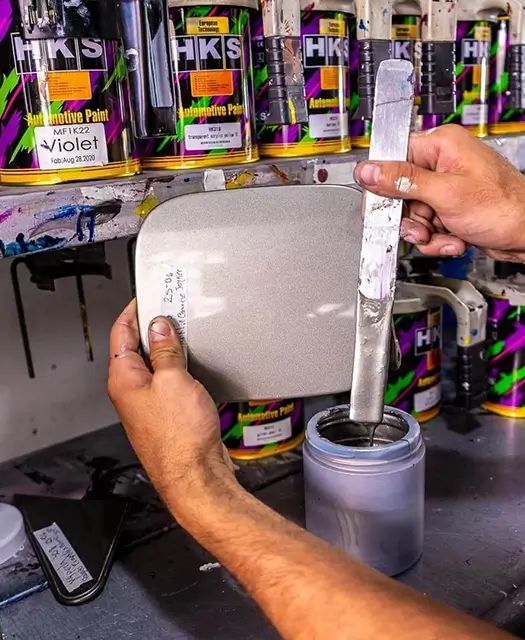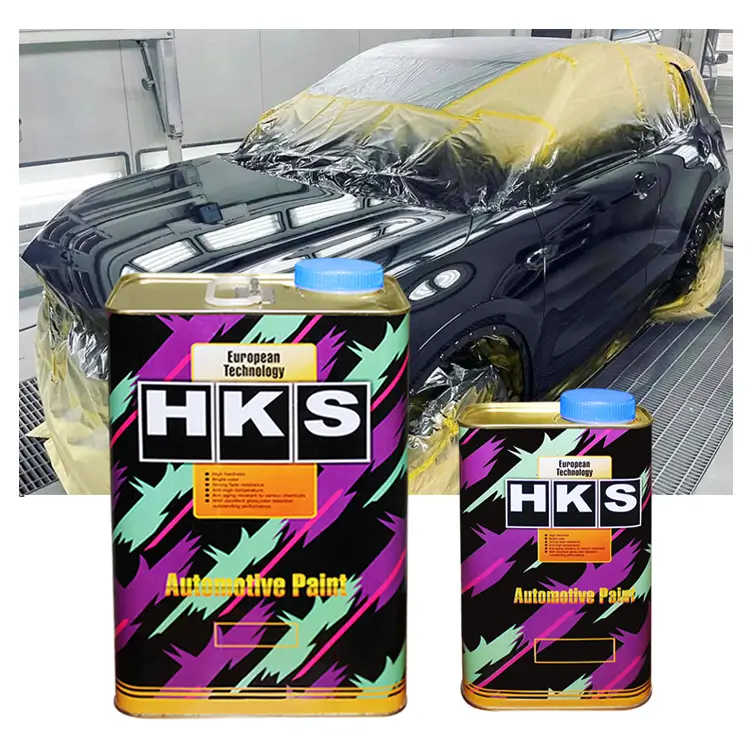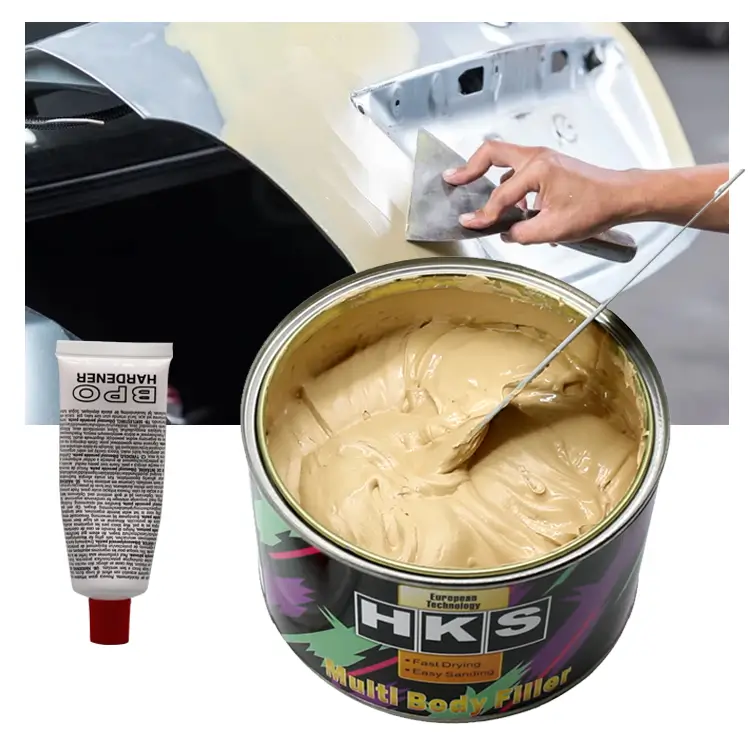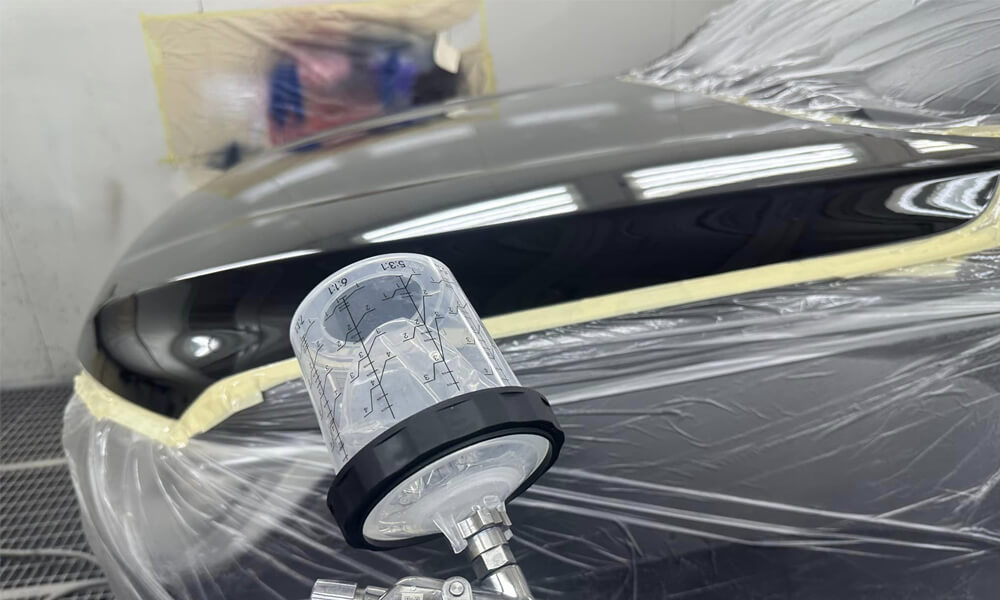Car Paint Technology
The automotive industry has seen numerous advancements in technology over the years. From the inception of automobiles to the present day, cars have become more sophisticated, efficient, and safer. One aspect of cars that has seen significant advancements in technology is the paint. The paint on a car is not just for aesthetic purposes but also serves as a protective layer for the vehicle. In this article, we will explore the evolution of car paint technology and how it has changed the automotive industry.
The Beginning
Enamel Paint
The first cars were not painted. They were built with bare metal bodies that were prone to rusting and corroding. However, as cars became more popular, manufacturers started looking for ways to protect the metal bodies from the elements. The first car paint was enamel paint, which was made by mixing pigments with a resin that was dissolved in a solvent. Enamel paint was applied in several coats and allowed to dry between coats. This process produced a glossy finish that was both durable and weather-resistant.
Enamel paint remained the standard for car paint until the 1960s. However, it had some drawbacks. Enamel paint was prone to fading, cracking, and chipping. It also required a lot of maintenance to keep the car looking its best. This led to the development of new paint technologies.
Acrylic Lacquer Paint
In the 1950s, car manufacturers started using acrylic lacquer paint. This type of paint was more durable than enamel paint and had a more uniform color. Acrylic lacquer paint was made by mixing pigments with a solvent and a resin. The paint was then sprayed onto the car body and allowed to dry. The result was a high-gloss finish that was resistant to fading, chipping, and cracking.
Acrylic lacquer paint was popular until the 1970s when it was discovered that it emitted harmful fumes. This led to the development of new paint technologies that were safer and more environmentally friendly.
Acrylic Enamel Paint
Acrylic enamel paint was developed in the 1970s as a safer alternative to acrylic lacquer paint. Acrylic enamel paint was made by mixing pigments with a resin and a solvent. The paint was then sprayed onto the car body and allowed to dry. The result was a durable, high-gloss finish that was resistant to fading, chipping, and cracking.
Acrylic enamel paint was popular until the 1990s when it was discovered that it emitted harmful fumes. This led to the development of new paint technologies that were even safer and more environmentally friendly.
Water-Based Paint
Water-based paint was developed in the 1990s as a safer alternative to acrylic enamel paint. Water-based paint was made by mixing pigments with a water-based resin and a solvent. The paint was then sprayed onto the car body and allowed to dry. The result was a durable, high-gloss finish that was resistant to fading, chipping, and cracking.
Water-based paint was not only safer than acrylic enamel paint but also more environmentally friendly. It emitted fewer harmful fumes and was easier to dispose of. Water-based paint is now the standard for car paint and is used by almost all car manufacturers.
Clear Coat Paint
Clear coat paint was developed in the 1980s as a way to protect the base coat of paint from fading, chipping, and cracking. Clear coat paint was made by mixing a clear resin with a solvent. The paint was then sprayed onto the car body and allowed to dry. The result was a clear, glossy finish that protected the base coat of paint.
Clear coat paint is now used by almost all car manufacturers. It provides a high-gloss finish that is resistant to fading, chipping, and cracking. Clear coat paint also provides an added layer of protection for the car's paint, making it last longer.
Nano-Ceramic Coating
Nano-ceramic coating is the latest advancement in car paint technology. This type of paint is made by mixing ceramic nanoparticles with a resin and a solvent. The paint is then sprayed onto the car body and allowed to dry. The result is a highly durable, scratch-resistant, and hydrophobic finish that provides superior protection to the car's paint.
Nano-ceramic coatings provide a self-cleaning effect, which means that dirt and debris are less likely to stick to the car's surface. This makes the car easier to clean and maintain. Nano-ceramic coatings also provide protection against UV rays, which can cause the car's paint to fade over time.
Conclusion
Car paint technology has come a long way since the first cars were built. Enamel paint was the standard for car paint for many years until advancements in technology led to the development of acrylic lacquer, acrylic enamel, and water-based paints. Clear coat paint was developed to provide added protection to the base coat of paint, and nano-ceramic coatings have taken car paint technology to the next level.
With each advancement in car paint technology, cars have become more durable, easier to maintain, and longer-lasting. Car manufacturers continue to invest in research and development to improve car paint technology and provide customers with the best possible product. As we move forward, we can expect even more advancements in car paint technology, making cars not only more efficient and safer but also more aesthetically pleasing.
Source of this article:https://www.supersybon.com
Get to know us through more channels:Facebook, Tiktok, Instagram, youtube.





